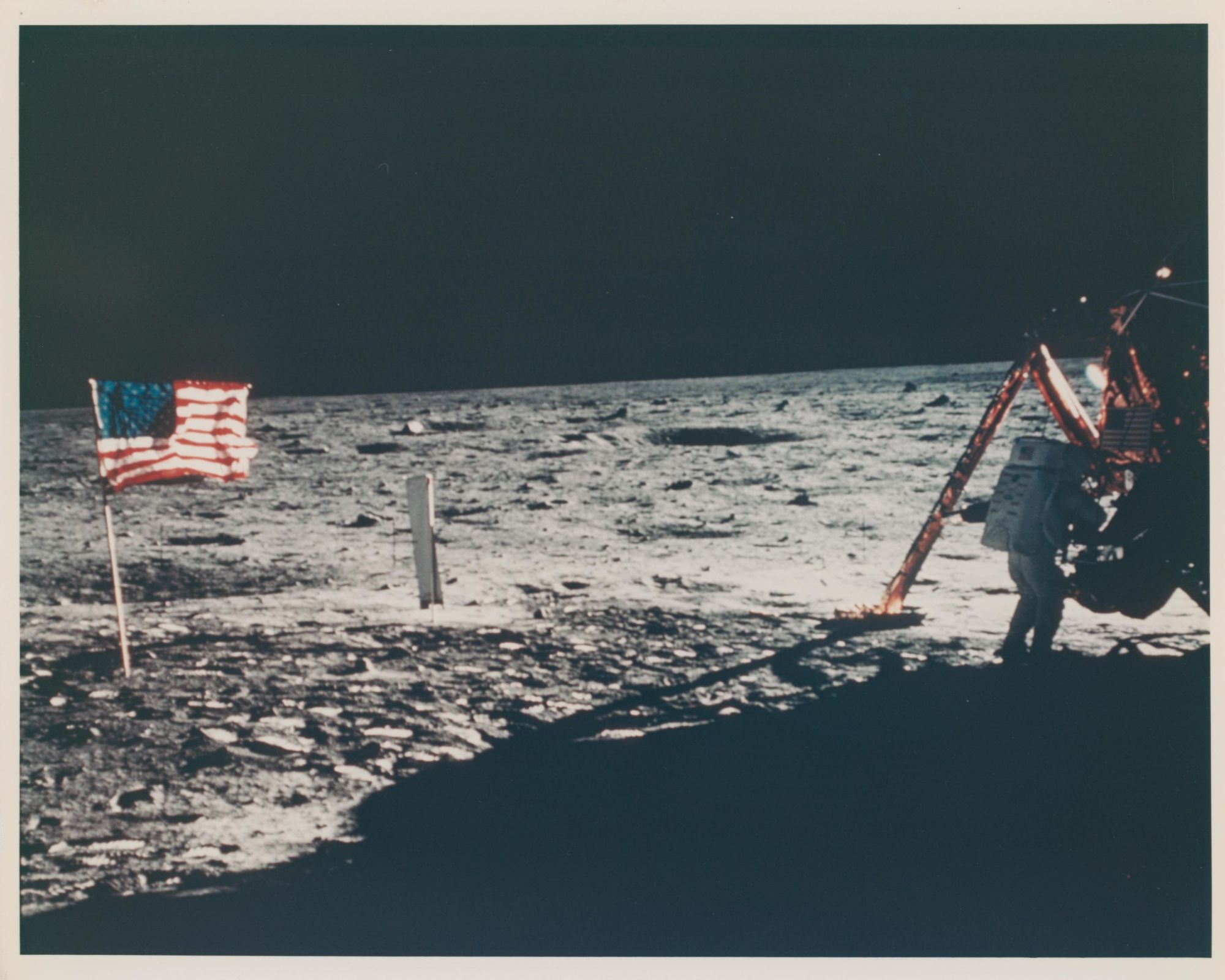Neil Armstrong on the moon next to an American flag. Laika the dog sitting in a space capsule, shortly before before becoming the first animal to orbit the Earth. Buzz Aldrin taking a selfie, our planet a blue curve behind him, in the first-ever self portrait produced in space.
These are just three of the 2,400 rare NASA photos featured in an online sale, hosted by Christie’s, that fetched over £1.56 million ($2.1 million). The images capture “the golden age of space exploration,” the auction house said in a press release prior to the sale, which concluded Friday.
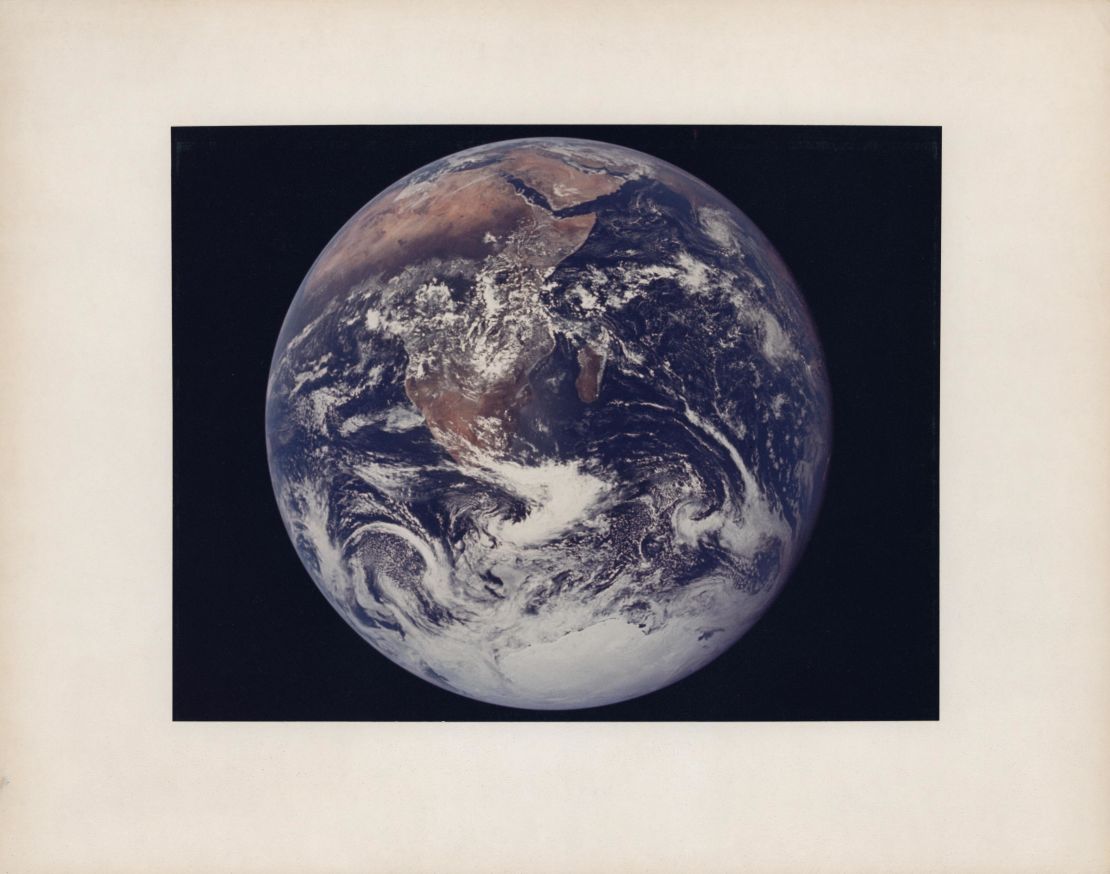
The collection of original photographs spanned a number of historic missions, from the Mercury and Gemini spaceflight programs to the Apollo moon missions. Some of the images are now iconic, like the “Blue Marble” picture taken by the crew of the Apollo 17 – the first fully illuminated photo of Earth taken by a human in space.
Others, however, were not released by NASA at the time they were taken, and were new to the general public.
One of the most expensive items was the only photo showing Armstrong on the Moon, taken by Aldrin during the Apollo 11 mission in 1969. It sold for £52,500 ($70,200), according to the auction house.
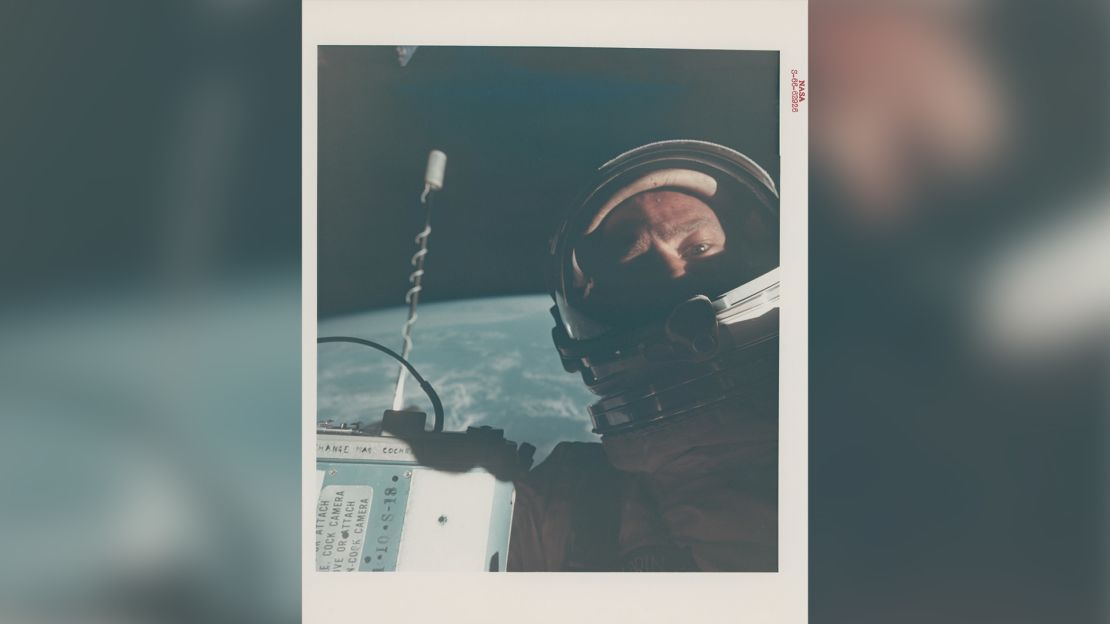
Other big-ticket lots included “Blue Marble,” which sold for £32,500 ($43,500), and a photo of the first “Earthrise” seen by humans in space, dated 1968, which fetched £23,750 ($31,800).
The images were captured when photography was still analog, requiring “light-sensitive chemistry, film and photographic papers,” said the press release. The astronauts were instructed on how to take photos in space by NASA, alongside specialists from the likes of Kodak and National Geographic.
“Through their cameras, the astronauts-turned-artists were able to convey to mankind the beauty and profundity of their experience into space, forever changing the way we see ourselves and our place in the universe,” said the release.
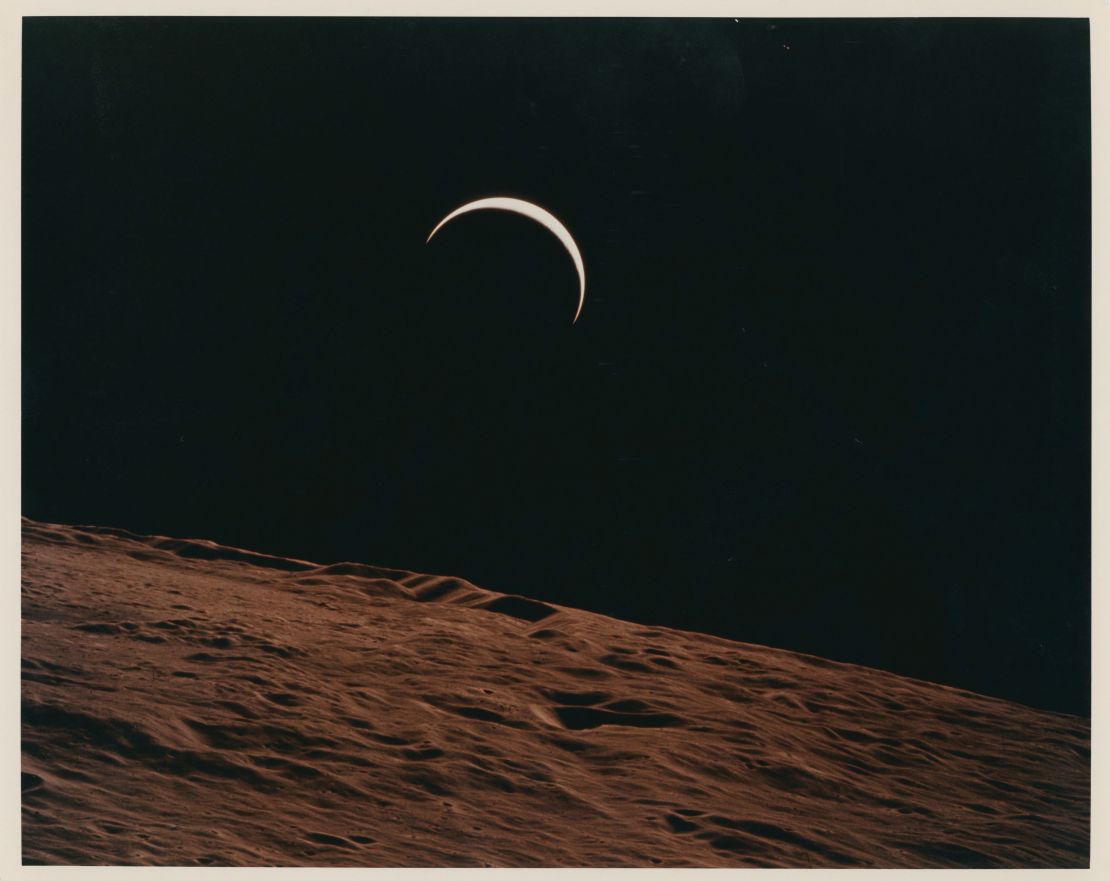
For decades, the unreleased photos were kept in the archives of the Manned Spacecraft Center in Houston, Texas, and could only be accessed by accredited researchers. The items, assembled over the course of 15 years by private collector Victor Martin-Malburet, have been exhibited in museums around the world including the Grand Palais in Paris and the Kunsthaus in Zurich.
“The astronauts are often portrayed as great scientists and heroes, but rarely are they hailed as some of the most significant photographers of all time,” Martin-Malburet is quoted as saying in the release.
“The early pioneers of Mercury and Gemini were given as a canvas space and the Earth; the Apollo astronauts an alien world.”
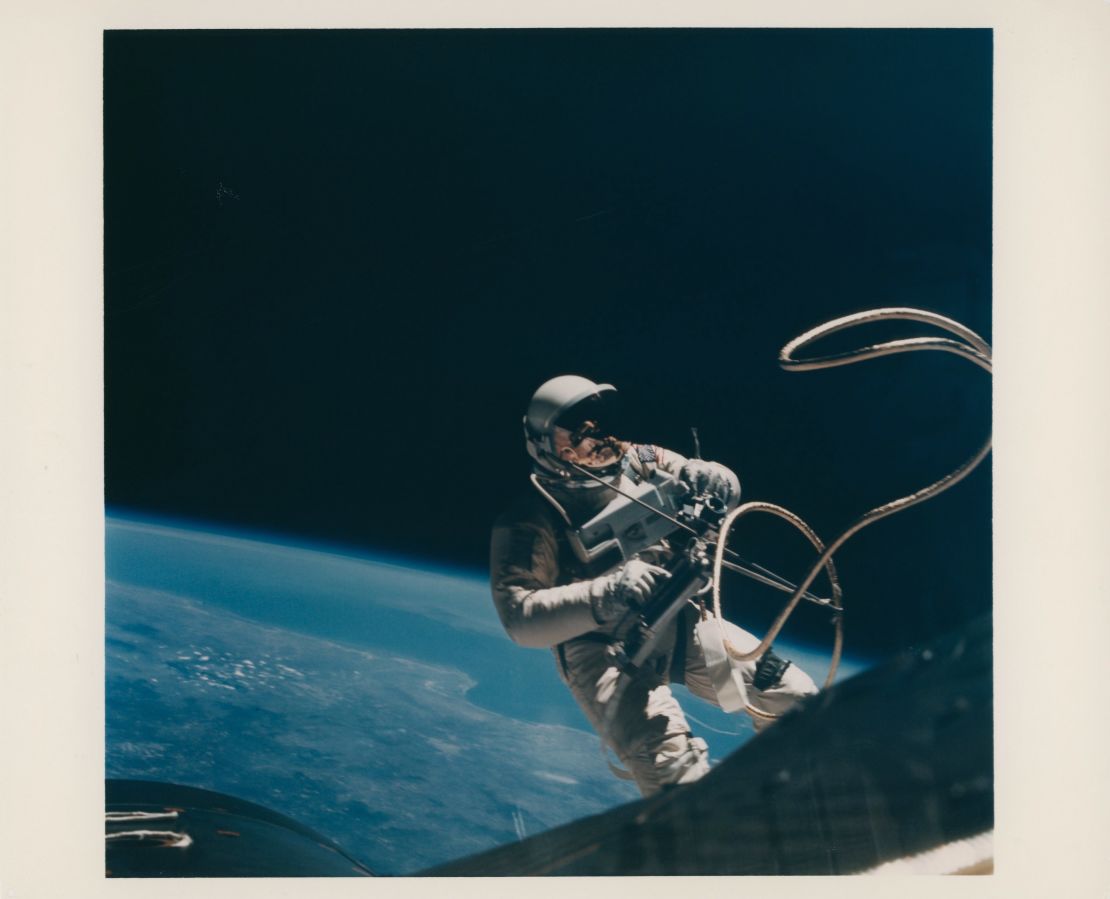
Top image caption: The only photograph of Neil Armstrong on the moon, taken in 1969.
This article has been updated to include final sale prices.

